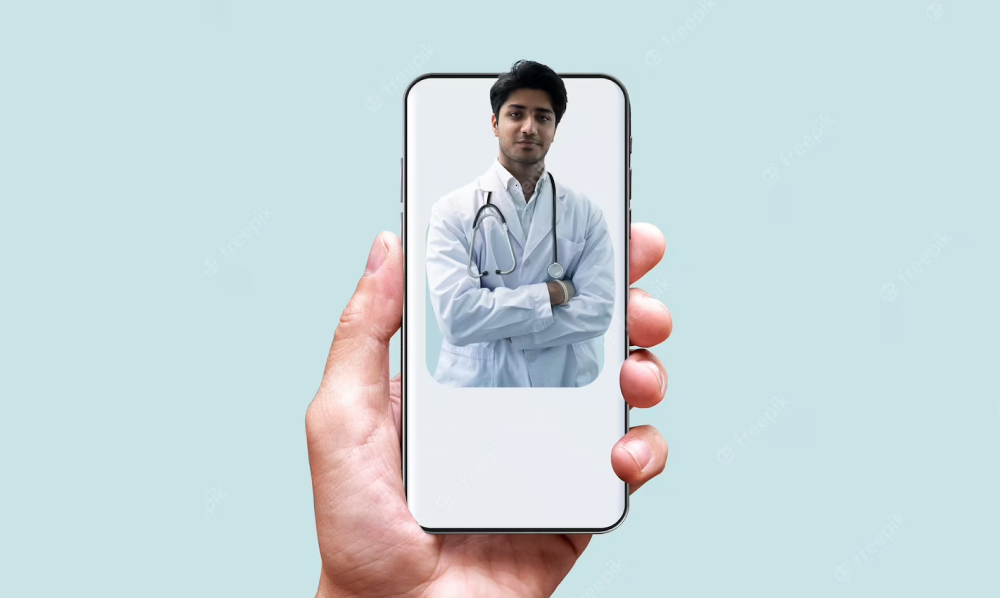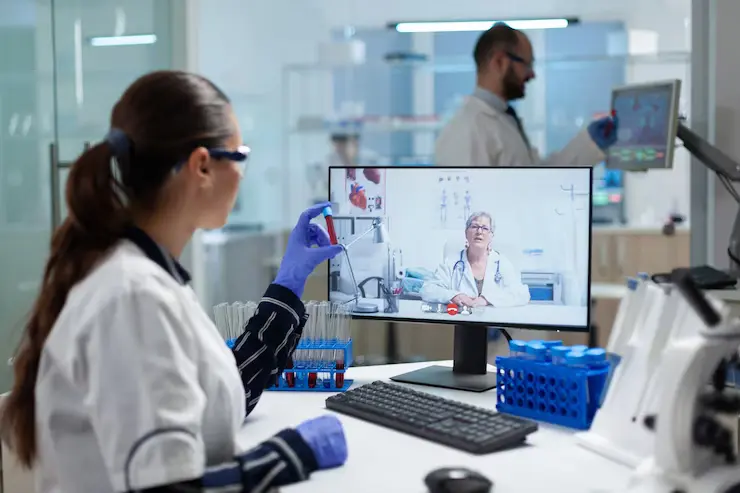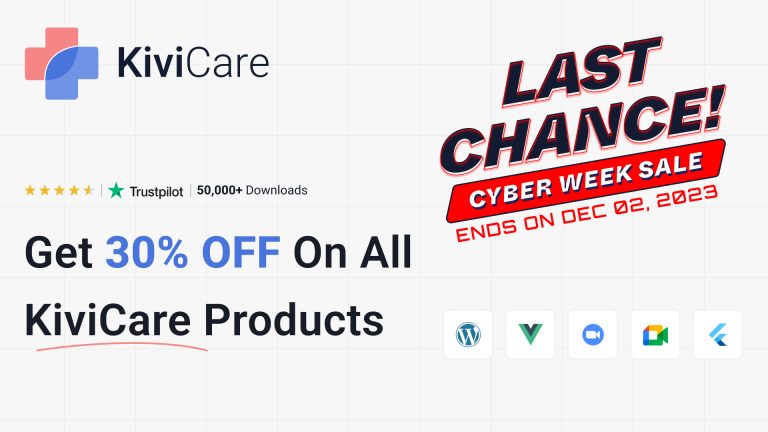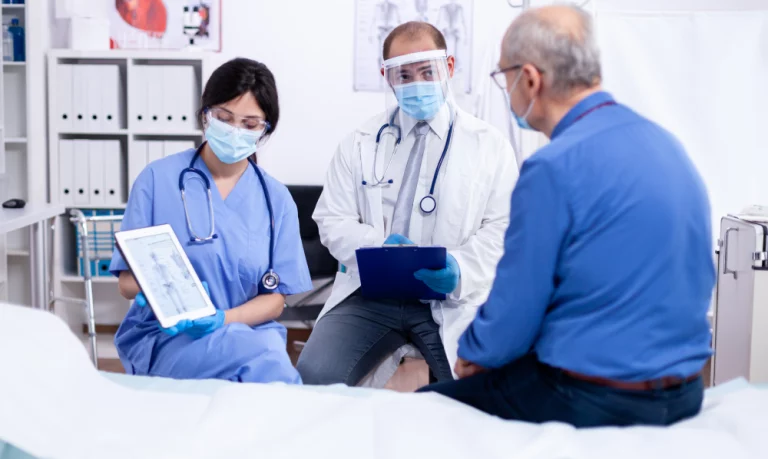In this blog post, we will explore the effectiveness of Telemedicine and how it compares to in-person care. We will also discuss the potential for Telemedicine to become a permanent fixture in healthcare and provide recommendations for patients and healthcare providers.
Patients can consult with their healthcare providers from the safety of their own homes, avoiding unnecessary trips to hospitals and clinics. This has led to an increased interest in telemedicine and a potential shift in how healthcare is delivered.
As healthcare costs continue to rise, Telemedicine provides an affordable and convenient alternative to in-person care. With Telemedicine, patients can receive care from the comfort of their own homes, eliminating the need for travel and reducing administrative costs.
Telemedicine is being used in various ways to improve healthcare, especially in areas where patients have limited access to healthcare services. Here are some examples of how Telemedicine is being used to improve healthcare:
Telemedicine is increasingly being used to provide mental health services to patients who may not have easy access to mental health providers. Telepsychiatry, for example, allows patients to receive psychiatric evaluations and treatment via video conferencing. This is particularly useful for patients living in remote areas or with mobility issues.







